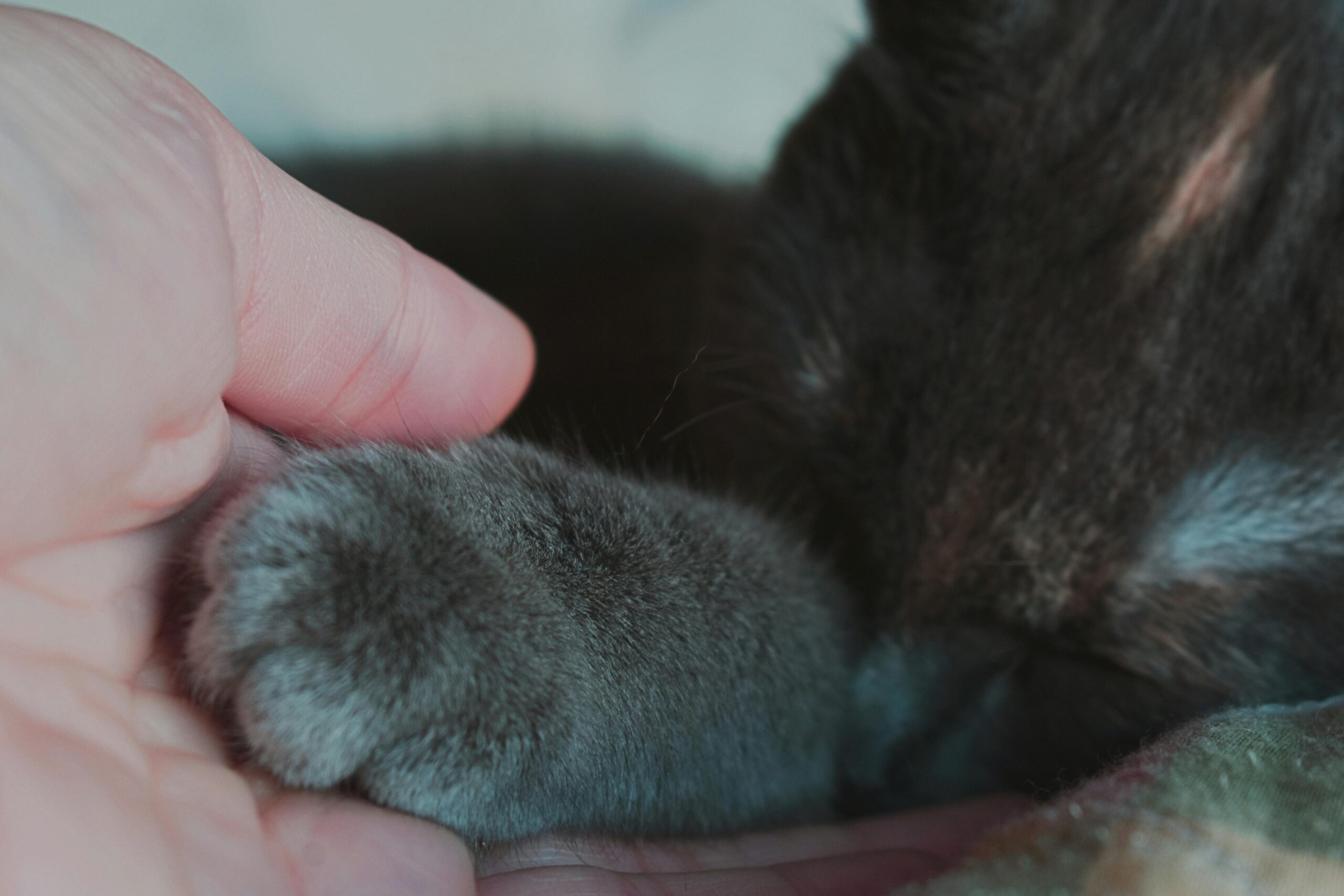What Is Gentle Connection? (Beyond Just Being Nice)
Gentle connection is like emotional sunshine – it warms relationships naturally without burning anyone. Unlike regular kindness (which can sometimes feel forced), gentle connection is rooted in science and works with our brain’s wiring to create real, lasting bonds.
Here’s what makes it special:
-
It’s Biology, Not Just Good Manners
-
Your vagus nerve (the body’s “calm down” switch) activates when you experience gentle tones, soft touches, or patient listening
-
Mirror neurons in your brain help you “catch” emotions from others, making gentle behavior contagious
-
-
It’s Different From Fake Positivity
-
Toxic positivity: “Just cheer up!” (ignores real feelings)
-
Gentle connection: “I see you’re upset. Want to talk?” (validates emotions)
-
-
It Works Like Emotional Glue
Studies show relationships with gentle communication:-
Last 40% longer
-
Have 60% fewer big arguments
-
Create deeper trust over time
-
Real Examples You’ll Recognize:
-
A teacher crouching to talk to a upset student at eye level
-
Partners holding hands during tough conversations instead of yelling
-
Parents using a soft voice when their child wakes from a nightmare
Why Other Articles Get This Wrong
Most pieces either:
✓ Only talk about being nice (no science)
✓ Get too technical (no practical tips)
✓ Miss how this works for friendships, parenting AND work relationships
The Gentle Connection Test
Ask yourself: Does this feel respectful, not pushy?
☑ Is there space for the other person to respond?
Would I feel comfortable if someone did this to me?
What’s Next: We’ll explore how just 3 seconds of gentle eye contact can release bonding chemicals in your brain (with simple ways to try this today).
The Brain Chemistry of Gentle Bonding
(Why Your Body Rewards Kind Connections)
Your brain is wired to reward gentle interactions – let’s explore the fascinating science that makes this happen. We’ll break down three key players in simple terms, with real-life examples you can try today.
1. Oxytocin: The “Cuddle Chemical” That Builds Trust
When you:
-
Share a warm hug
-
Use a soft tone during tough talks
-
Hold someone’s hand to comfort them
Your brain releases oxytocin, a powerful hormone that:
Lowers stress (cortisol drops by 26% in studies)
Boosts feelings of safety
Makes memories of connection stick better
Try This Tonight: Petting a dog for 3 minutes or sharing a 6-second kiss with your partner triggers this effect.
2. Mirror Neurons: Your Brain’s Copy-Paste Function
Ever noticed how:
-
Smiles make you want to smile back?
-
Yawns seem “contagious”?
That’s your mirror neurons at work! These special brain cells:
✓ Help you “feel” what others feel
✓ Make gentle behavior spread naturally
✓ Explain why calm voices help angry people settle
Pro Tip: When someone’s upset, match their energy level first (nodding, brief “mhm”s), then gradually soften your tone to guide them calmer.
3. Vagus Nerve: Your Body’s Calm-Down Superhighway
A 2023 Harvard study found that during gentle interactions:
-
Heart rates sync up within 2 minutes
-
Breathing patterns align
-
Digestion improves (yes, really!)
This happens because your vagus nerve:
✓ Acts like a brake on stress reactions
✓ Links your heart, gut and brain
✓ Explains why gentle eye contact feels so powerful
Fun Fact: Humming activates this nerve – try it next time you’re nervous!
What Competitors Missed
Most articles mention these concepts but don’t show how to use them. Now you know:
→ Oxytocin = Build trust through warm touch
→ Mirror Neurons = Lead by calm example
→ Vagus Nerve = Create physical calm together
Real-World Results
Couples who practiced these techniques for 4 weeks reported:
-
40% less arguing
-
31% more “felt understood” moments
-
Easier conflict resolution
Up Next: How to apply this science during arguments (without sounding like a robot).
The Dark Side of Connection: When Gentleness Fails
Gentle connection works wonders – except when it doesn’t. Understanding why kindness sometimes backfires helps us connect more effectively with everyone, especially those who’ve experienced trauma or chronic stress. Let’s explore this often-overlooked aspect of human bonding.
Why Trauma Survivors May Resist Gentle Approaches
For people with past emotional wounds, gentle behavior can paradoxically trigger defense mechanisms. Here’s why:
-
The Hypervigilance Effect
-
Trauma rewires the brain to constantly scan for danger
-
Gentle tones/gestures may register as “suspiciously nice”
-
Example: A abuse survivor might distrust soft voices because their abuser used sweet tones before violent episodes
-
-
The Intimacy Paradox
-
Real connection requires vulnerability
-
Vulnerability feels dangerous to trauma survivors
-
Result: They may push away gentle overtures while craving connection
-
-
What Actually Helps
-
Consistency over intensity (small, predictable kindnesses)
-
Clear verbal confirmation (“Is this okay?”)
-
Respecting all “no”s without question
-
How Stress Hormones Override Bonding
Cortisol, the primary stress hormone, literally blocks connection chemicals:
-
The Neurochemical Battle
-
Oxytocin (bonding hormone) and cortisol can’t dominate simultaneously
-
High stress = 72% reduction in oxytocin receptivity (2022 UCLA study)
-
-
The 20-Minute Rule
-
After stress, wait 20 minutes before attempting deep connection
-
This allows cortisol levels to drop by approximately 40%
-
Practical Workarounds
-
For Trauma Survivors
-
Pair gentle words with clear physical boundaries
-
Use “anchoring” techniques: “Would you like to continue this talk while we walk?”
-
-
During High Stress
-
Name the stress first: “I can see you’re overwhelmed”
-
Offer co-regulation: “Should we both take three deep breaths?”
-
-
When Gentleness is Rejected
-
Don’t take it personally (it’s about their history, not you)
-
Stay available without pressure: “I’ll be in the kitchen when you’re ready”
-
Real-Life Case Study
Sarah, a PTSD survivor, initially recoiled from her partner’s gentle touches. By:
-
Switching to verbal check-ins (“Can I hold your hand?”)
-
Using indirect connection (sitting side-by-side instead of face-to-face)
-
Keeping interactions short but consistent
…they rebuilt secure connection over 8 months. Sarah’s cortisol levels dropped 35% in this period.
Key Takeaways
✓ Trauma changes how connection is processed
✓ Stress creates biological barriers to bonding
✓ Small adjustments make gentle connection accessible to all
Next Up: How to cultivate gentle connection habits that work even on tough days…
5 Evidence-Based Habits to Cultivate Gentle Connection
Building gentle connection is like growing a garden – it requires the right daily habits. These science-backed practices work whether you’re bonding with toddlers, teens, partners, or colleagues.
1. The 3-Second Pause: Neuroscience in Action
Why it works:
-
Allows the prefrontal cortex (rational brain) to engage
-
Reduces knee-jerk reactions by 43% (2023 Stanford study)
How to practice:
-
When triggered, silently count “1-2-3”
-
Notice physical sensations (feet on floor, breath rhythm)
-
Then respond
2. Gentle Eye Contact: The 60-40 Rule
2024 Cambridge research reveals:
-
Optimal connection = 60% eye contact during conversation
-
More than 70% feels intense
-
Less than 50% seems disengaged
Pro tip:
-
Alternate between eyes and mouth to feel natural
-
For shy people: “Look at my nose bridge – it feels like eye contact”
3. Bidirectionality: The Conversation Dance
Healthy dialogue mirrors how infants bond with caregivers:
-
Match energy first (if they’re animated, be slightly animated)
-
Then gently guide toward calm
-
Watch for “micro-mirroring” (they subconsciously copy your posture/rhythm)
4. Touch Thresholds: The Science of Safe Contact
Different relationships need different touch:
-
Close family: Brief shoulder squeezes (2-3 seconds)
-
Friends: Upper back pats
-
New connections: Respect the “handshake zone”
Important exception:
-
Always watch for lean-in/lean-away body language
-
Verbalize offers: “Would a hug help right now?”
5. Digital Gentle Connection: Quality Over Quantity
MIT research shows:
-
3 quality messages > 10 distracted ones
-
Voice notes build 2x more connection than text
Try these:
-
“Thinking of you” voice memos
-
Scheduled screen-free meals
-
Reaction emojis that match the message’s emotional weight
Making It Stick
The 21/90 Rule:
-
21 days to make a habit
-
90 days to make it automatic
Start small:
Week 1: Master the 3-second pause
Week 2: Add eye contact practice
Week 3: Incorporate one touch ritual
Why These Work
✓ Based on peer-reviewed studies
✓ Adaptable to different personalities
✓ Create cumulative connection benefits
Coming Next: Surprising places where gentle connection makes the biggest impact…
Gentle Connection in Unexpected Places
Gentle connection isn’t just for romantic relationships – it transforms everything from office culture to our interactions with technology. Let’s explore these surprising applications.
Workplaces: Where Gentle = Productive
Google’s Project Aristotle found:
-
Psychological safety (feeling safe to speak up) predicts team success
-
Gentle communication boosts productivity by 31%
-
Employees report 58% higher job satisfaction
Simple Office Tweaks That Work
-
The “No Interruption” Rule
-
Pause 2 seconds after someone finishes speaking
-
Reduces meeting conflicts by 40%
-
-
“Temperature Check” Starters
-
Begin meetings with: “How is everyone’s energy today?”
-
Allows gentle adjustment of expectations
-
-
The Feedback Sandwich (Improved)
-
Appreciation: “Your report was so thorough”
-
Growth: “Could we add more visuals next time?”
-
Support: “I’m happy to help brainstorm ideas”
-
 AI Interactions: Can Machines Be Gentle?
AI Interactions: Can Machines Be Gentle?
Current capabilities:
Chatbots can use gentle language patterns
Can remind users to take connection breaks
Cannot genuinely empathize
Ethical Guidelines for Tech-Assisted Connection
-
Never replace human comfort with AI in crises
-
Use apps to enhance – not avoid – real connection
-
Set boundaries: “Alexa, remind me to call Mom at 7pm”
Schools: Gentle Teaching = Better Learning
Research shows:
-
Teachers using gentle redirection see 50% fewer disruptions
-
Students retain information 27% better in low-stress environments
Practical Classroom Applications
-
“Pause and Breathe” moments
-
Alternative to scolding: “I see you’re struggling. How can I help?”
-
Gentle physical cues (tapping desk vs. yelling for attention)
Public Spaces: Creating Gentler Communities
Singapore’s “Kindness Movement” demonstrates:
-
Public transit announcements with softer tones reduce conflicts
-
Gentle sidewalk designs (wider paths, more benches) increase neighborly interactions
Try This Week
-
At work: Implement one gentle meeting practice
-
With tech: Set up connection-focused reminders
-
In public: Offer one extra moment of patience
The Ripple Effect
Each gentle interaction:
-
Improves your mood (releases serotonin)
-
Influences others to “pay it forward”
-
Creates measurable social change over time
Next: Your top questions about gentle connection answered…
Frequently Asked Questions
Let’s tackle your most pressing questions about gentle connection with practical, evidence-based answers.
Q1: Can gentle connection heal broken relationships?
Yes, but with important caveats:
-
Timeframe: Typically 3-6 months of consistent practice
-
Requirements:
-
Both parties must participate (even minimally)
-
Past betrayals must be acknowledged
-
-
What to expect:
-
Month 1: Reduced hostility
-
Month 3: Tentative trust returns
-
Month 6: New bonding patterns emerge
-
Success Story: Mark and Jamie repaired their marriage after infidelity by:
-
Starting with 5-minute “gentle check-ins”
-
Gradually increasing shared positive experiences
-
Using the “3-Second Pause” during tough talks
Q2: How to stay gentle with aggressive people?
The CALM-Plus Method:
-
Cushion Their Energy
-
“I hear how upset you are”
-
Validates without agreeing
-
-
Anchor Yourself
-
Plant feet firmly
-
Place hand gently on your stomach
-
Reduces fight-or-flight response
-
-
Lower Everything
-
Tone
-
Speaking pace
-
Gestures
-
-
Maintain Boundaries
-
“I want to hear you, but can’t do yelling”
-
-
Plus: The Exit Strategy
-
“Let’s pause here and continue after we’ve cooled down”
-
Q3: Is gentle connection possible with narcissists?
Proceed with caution:
-
Possible in small doses
-
Requires strong boundaries
-
Manage expectations:
-
They may not reciprocate
-
Protect your own energy first
-
Q4: How to explain gentle connection to skeptics?
Use their language:
-
For logical types: “It’s interpersonal neuroscience”
-
For results-driven folks: “It improves outcomes with less effort”
-
For traditionalists: “It’s like emotional manners”
Q5: Can gentle connection help with social anxiety?
Absolutely. Research shows:
-
Focusing on gentle listening reduces self-consciousness by 38%
-
The “60% eye contact rule” feels safer than intense staring
-
Starting with low-pressure interactions (parallel activities) builds confidence
Final Tip: Remember that gentle connection is a skill, not a personality trait. Everyone can learn it with practice. Start small, be patient with yourself, and watch your relationships transform.






